Safari Destinations
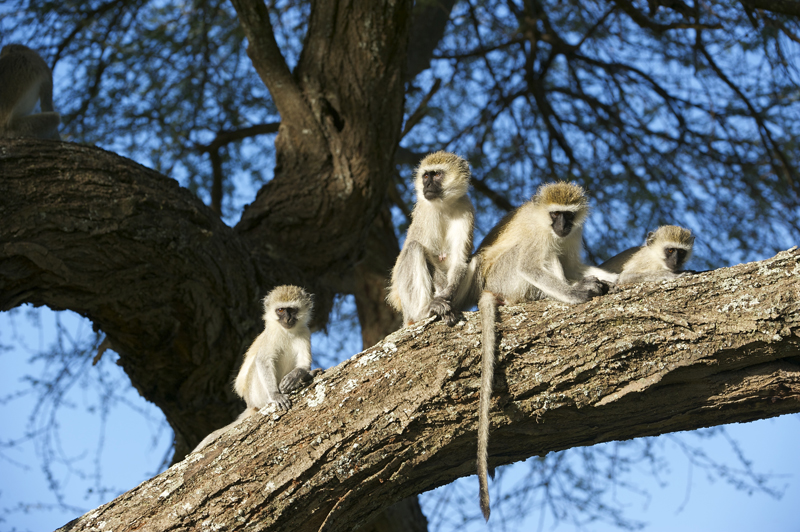
Arusha National Park
Area: 542 km2
Arusha National Park is a quite extraordinary conservation area
and thoroughly worth a visit. Recently extended from the original
137 km2 to 542 km2, the park boasts a habitat diversity that spans
everything from montage rainforest to savanna to alpine
moorland. It's prodigious fauna include 400 birds and it's main
feature Mt. Meru to the West, Momela Lakes and Ngurdoto Crater to
the East makes the park exceptional. Ngurdoto Crater is surrounded
by forests while the floor of the crater is a swamp. A large number
of zebras can be viewed in the western part of the crater where the
plain is known as "Small Serengeti". Birds like flamingos are widely
concentrated in the banks of Momela Lake where they gather for food
and water.
While in Arusha National Park one is assured of seeing buffaloes,
elephants, zebras, giraffes, waterbucks, reedbucks, hyenas, hippos,
klipspringers, warthogs, baboons, colobus monkeys, vervet monkeys, blue
monkeys and dikdiks. It is very rare to see big cats around the
national park.
The park is one of the few Tanzania's National Parks that offers a
WALKING SAFARI; escorted by full armed rangers.
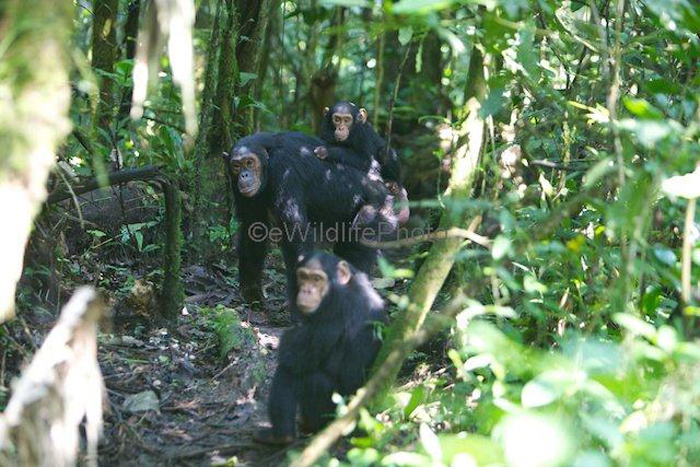
Gombe National Park
Area: 52 km2
Gombe stream national park is the smallest of all our parks in
Tanzania, with a fragile strip of chimpanzee habitat straddling the
steep slopes and river valleys that hem in the sandy northern shore
of Lake Tanganyika. Its chimpanzees – habituated to human visitors –
were made famous by the pioneering work of Jane Goodall.
Approximately 140 chimpanzees live at Gombe in three distinct
territorial communities. Chimpanzees form friendships that can
endure throughout their lives of 60 years or more.
The park is a narrow strip of mountainous country bordered by the
crest of the African Rift Valley walls to the east and Lake
Tanganyika to the west (the deepest lake in Africa).
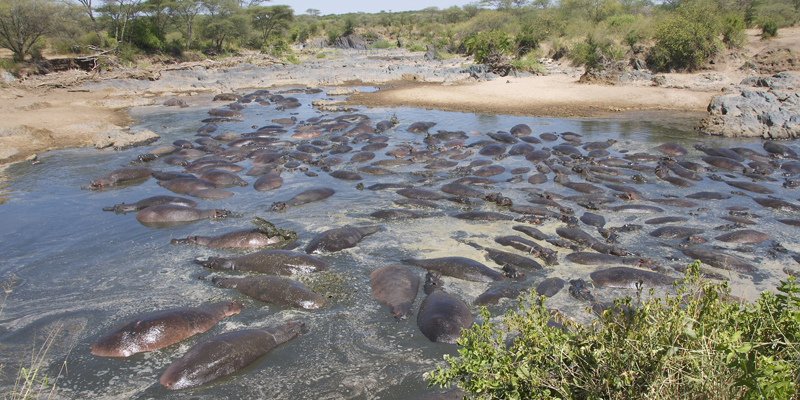
Katavi National Park
Area: 4471 km2
Katavi is one of the biggest National Parks in Tanzania in terms of
its biomass (the second after the Serengeti).
Katavi, situated southeast of Mahale and about sixty miles east of
Lake Tanganyika, offers a game view of wild animals like
elephants, topi, crocodiles, giraffe, hartebeest, sable, roan,
waterbuck, reedbuck and herds of African Buffalos. The park offers
the most singular wildlife spectacle is provided by its hippos. Towards the end of the dry season, up to 200 individuals might flop
together in any riverine pool of sufficient depth.
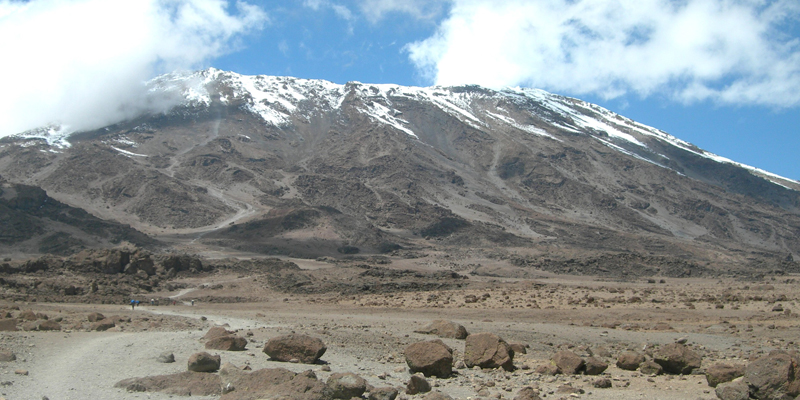
Kilimanjaro National Park
Area 1668 km2
Mt. Kilimanjaro is the highest mountain in Africa and fourth highest
of the Seven Summits. It is among the tallest freestanding mountains
in the world, with Uhuru Peak rising to an altitude of 15,100 feet
(4,600 m) from base to summit.
The mountain is composed of three distinct volcanic cones: Kibo
19,340 feet (5895 meters); Mawenzi 16,896 feet (5149 m); and Shira
13,000 feet (3962 m). Uhuru Peak is the highest summit on Kibo's
crater rim.
Kilimanjaro is a giant stratovolcano that began forming a million
years ago, when lava spilled from the Rift Valley zone. Two of its
three peaks, Mawenzi and Shira, are extinct while Kibo (the highest
peak) is dormant and could erupt again. The last major eruption has
been dated to 360,000 years ago, while the most recent activity was
recorded just 200 years ago.
Agriculture forms a big part of life in the region and most of the
lower slopes are used for this purpose. One of Tanzania’s biggest
exports – coffee - is harvested here.

Mahale National Park
Area: 1613 km2
Mahale Mountains are home to some of Africa’s last remaining wild chimpanzees: its 60 individuals form what is known as the "M" group. Apart from the chimps and other monkeys, the park also accommodates more than 300 types of butterflies. Waterfalls and bush pigs are commonly seen. The western slopes of Mahale Mountains are unique because they contain savanna-adapted species that are often found in East and South African forests.
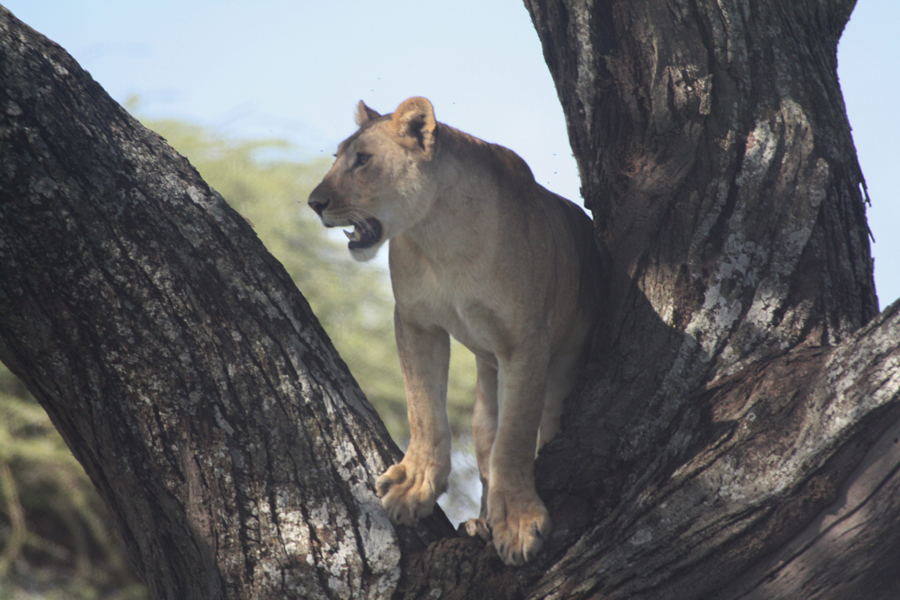
Manyara National Park
Area: 330 km2
Lake Manyara is a shallow, alkaline water lake set at the base of a
sheer stretch of the western Rift Valley escapment. The northwestern
part of the lake and its immediate hinterland are protected in a
scenic 330km2. Manyara is also known for its tree climbing lions
(although you are not guaranteed to see them in the trees). Habitats
include: grassy floodplain, rock escapment, acacia woodland and lush
groundwater forest. Diversity is reflected in Manyara’s varied
mammalian fauna with elephant, bushbuck, waterbuck, baboon, lions,
leopard, buffalo, hippo, giraffe, impala, and zebra. The Lake is
also famous for fighting male hippos who engage in fierce battles
for territory.